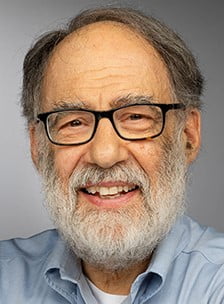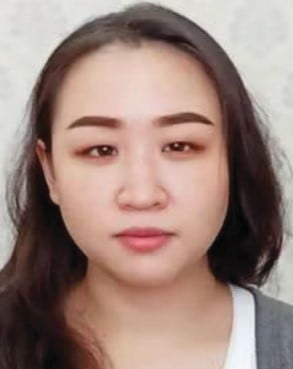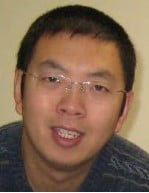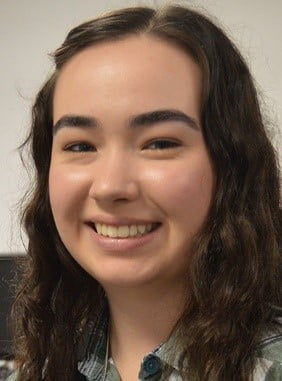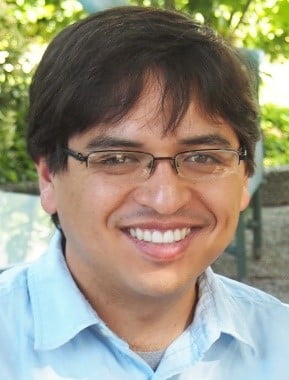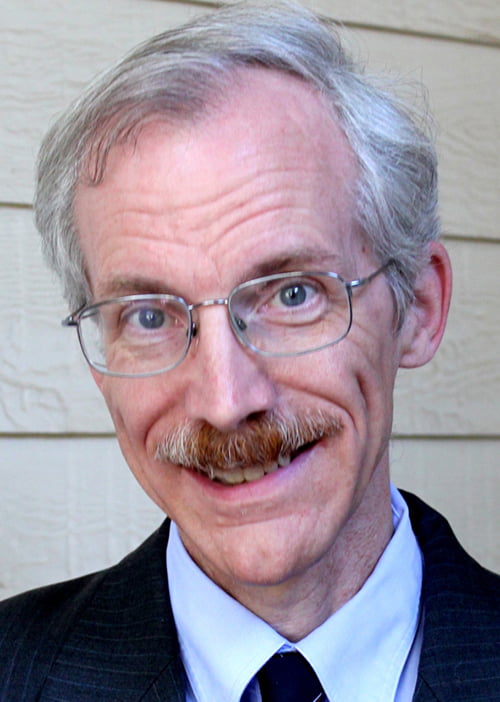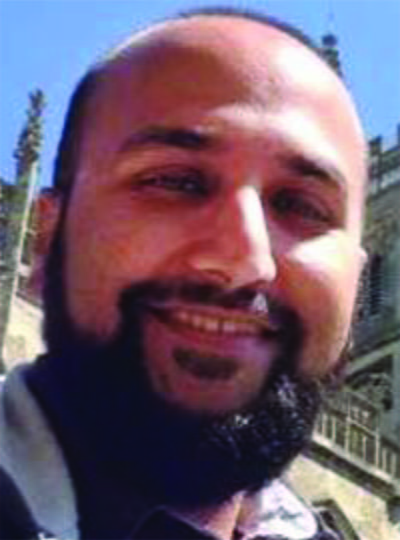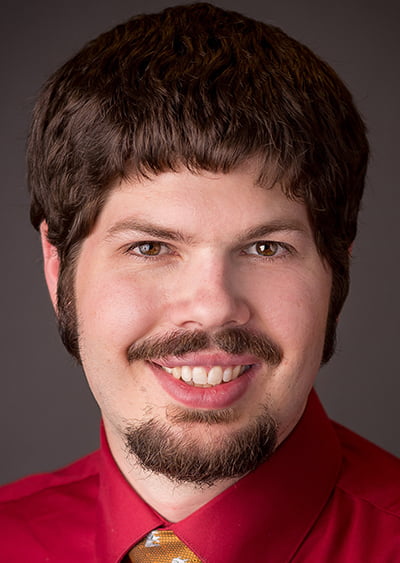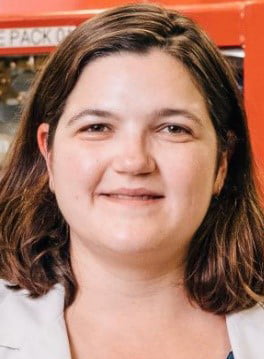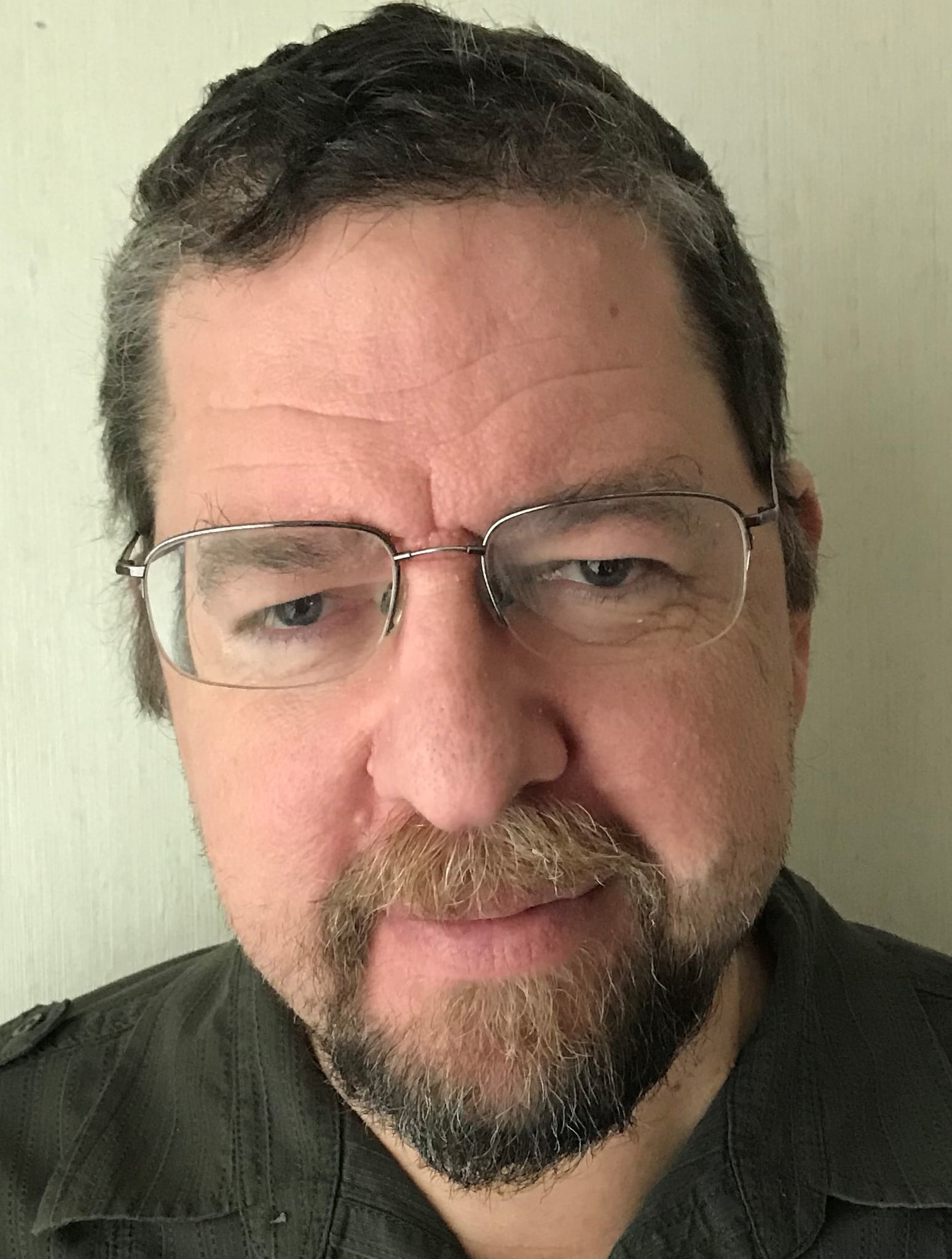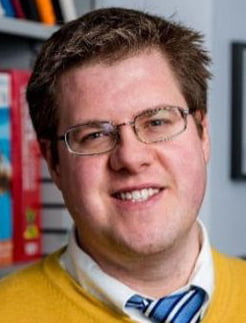Science & Engineering Innovation & Research (SEIR) Building 2nd floor lobby
All new and returning College of Science students are invited to our back-to-school mixer as we kick off our 60th anniversary! Make new friends and chat with College of Science faculty members from all departments in an informal setting. Refreshments will be served.
Chemistry & Physics Building (CPB) lobby and Planetarium Plaza
You are invited to join the College of Science during our Maverick Stampede welcome back to school event! Come by for a cold treat, games, giveaways, and more. Connect with other Mavericks, cool off and find your community in a science student organization.
Career Lab Session 1 - "Navigating the Science Career Landscape: Tools and Tactics for Success"
Science & Engineering Innovation & Research (SEIR) Building, Room 198
All College of Science students are invited to this session about ways that you can use your science degree to find the job you want. Chik-fil-A will be served. Everyone who attends all four Career Lab sessions will receive an exclusive gift from the College of Science.
Career Lab Session 2 - "Pursue Your Passion: COS Ph.D. Open House"
Science & Engineering Innovation & Research (SEIR) Building, Room 198
All COS students who are interested in a Ph.D. degree in the College of Science are invited to this event, which will include an intro on why undergraduates should consider graduate school, and the value of a Ph.D. degree. This will be followed by a Q&A panel discussion with current doctoral students, and an informal mixer where students can learn more about each department's Ph.D. program. Chik-fil-A will be served. Everyone who attends all four Career Lab sessions will receive an exclusive gift from the College of Science.
Science & Engineering Innovation & Research (SEIR) Building Room 298 and 2nd floor atrium
Students, are you interested in learning how to get involved in undergraduate research in the College of Science? Come to this event where a panel of student researchers will discuss how they got started. Kayunta Johnson-Winters, director of the UTA Office of Undergraduate Research, will give opening remarks, followed by a panel Q&A session. The panel will be followed by a faculty-student mixer in the SEIR 2nd floor lobby where you can ask faculty members from various departments questions about research for students! Refreshments will be served at the mixer.
UTA Observatory, Park Central Garage, 500 S. Center St. on the UTA campus
Everyone is invited to this fun annual event that serves as a global celebration of the Moon. The UTA Planetarium and COS will host an observing party at the UTA Observatory, where guests can take a close look at the Moon on the Observatory's 16” Meade LX200 Astronomical telescope. You can bring your own telescopes, cameras, or binoculars too!
Career Lab Session 3 - "Mixing Molecules and Mindsets: Careers at the Crossroads of Science"
Science and Engineering Innovation and Research (SEIR) Building, Room 198
All College of Science students are invited to this session about strategies for finding a great career with your College of Science degree. Chik-fil-A will be served. Everyone who attends all four Career Lab sessions will receive an exclusive gift from the College of Science.
The Office of Health Professions hosts a week of informative and fun events for students interested in careers in health professions fields. The lineup includes:
Monday, October 6
Health Professions Week Kickoff Fair — 11 a.m.-1 p.m. Planetarium Plaza
Meet our office staff, student organizations, mentors, and grab some goodies!
Burnout in Healthcare Talk & Mingle — 3-4:30 p.m. SEIR 198
Led by Dr. Drew Weiner, M.D., and Lisa Britt, R.N., directors of emergency departments
Tuesday, October 7
Healthcare Skills Workshop/Free Vision Screenings — 2-5 p.m. SEIR 198
Participate in hands-on skills and events plus get a free vision screening. Led by pre-health orgs and in collaboration with Prevent Blindness Texas
JAMP Info Session — 5:30-6:30 p.m. SEIR 198
Learn about the Joint Admission Medical Program from JAMP students, JAMP faculty director Greg Hale, and Dr. Meeks, Texas Health Education executive director
Wednesday, October 8
Healthcare Alumni Panel & Mixer — 12-1 p.m. SEIR 198
COS alumni will discuss their career paths and offer advice to pre-health students. Panelists include a pharmacist, a paramedic, a dentist, an MSN, and more!
How to Become a Certified Anesthesiology Assistant — 5-6 p.m. Virtual
Hosted by Case Western University; registration is required
Alternative Careers in Healthcare — 6-7 p.m. on Teams
Session hosted in conjunction with UT Health Houston
Thursday, October 9
Suture Workshop — 3-5 p.m. SEIR 198
UNT Health PA and TCOM students will host a workshop for students to learn how to do sutures
Friday, October 10
UTA Day at UNT Health Fort Worth — 12-3:30 p.m. at UNT Health Fort Worth
Schedule includes a tour of the UNT Health campus, networking with students and faculty, a competitive applicant session, and more
